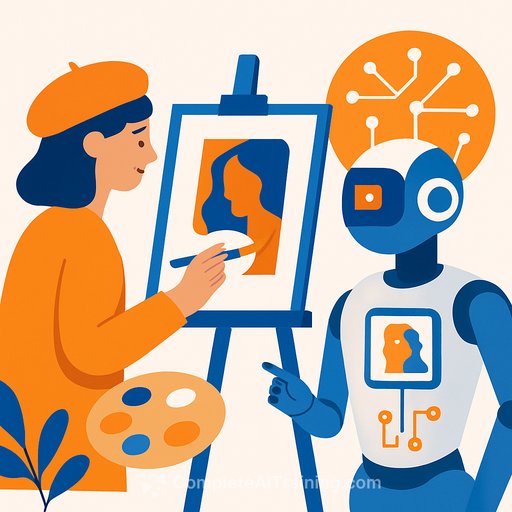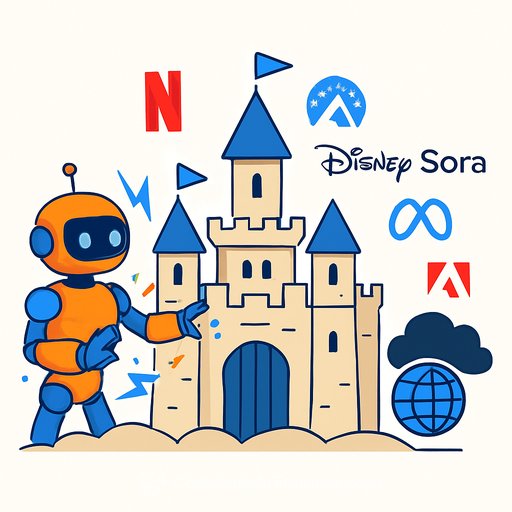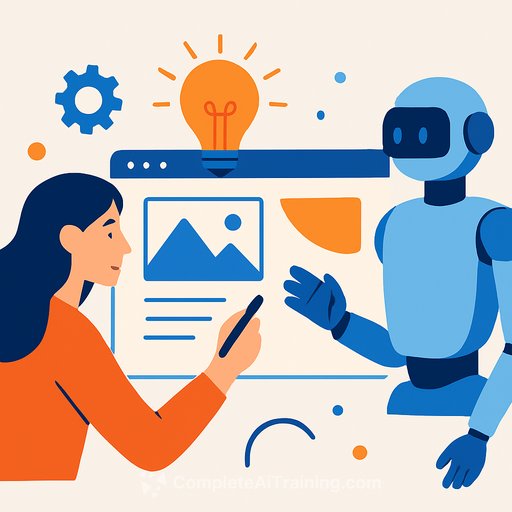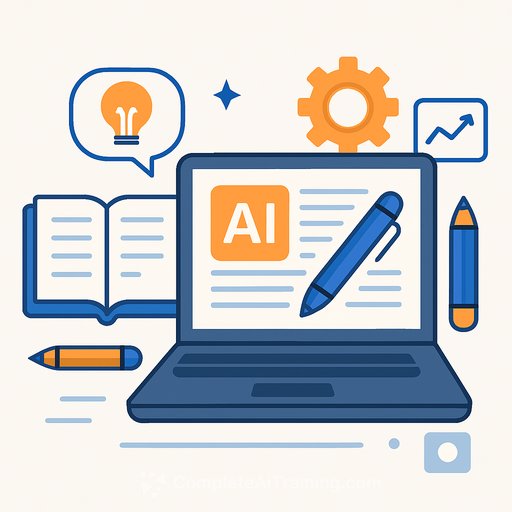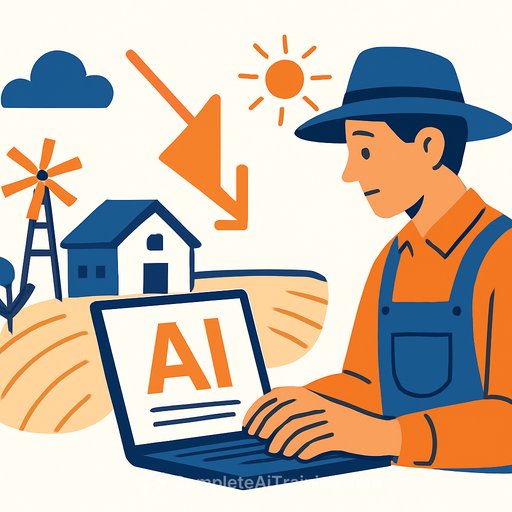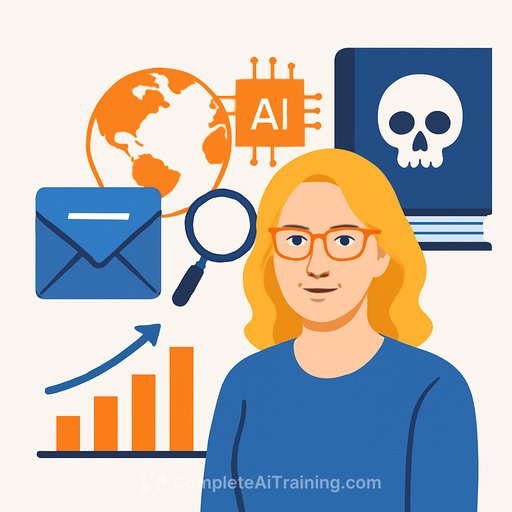AI and Art: A Complex Relationship Creatives Can’t Ignore
“In three years, everyone will be able to make a full-length movie in AI, totally personalized for them, by just typing a few prompts.” This confident claim by a tech executive reflects a growing belief in AI’s creative potential. But such a vision raises a critical question: what happens to the human connection that art fosters across time and space?
The debate around AI and creativity often feels like two sides talking past each other. On one side, tech advocates say generative AI empowers everyone to become an artist. On the other, many creators see it as a threat to their livelihood and the future of human creativity. Lawsuits like Disney and Universal’s case against Midjourney only add fuel to this cultural clash.
Generative AI Needs Artists More Than Artists Need It
Here’s a reality check for creatives: Large language models (LLMs) like ChatGPT have already consumed nearly all publicly available online content. To improve, they need a steady stream of new, original work. Without fresh input, these models risk falling into a loop—generating content based on AI-generated content, which leads to lower quality and strange outputs.
In short, AI companies depend on artists and the work they create. The recent controversy over OpenAI’s use of Studio Ghibli imagery highlighted this point. There’s a limited amount of beloved art at that level, and AI has already absorbed much of it.
This gives artists significant leverage. If they choose to, creatives could set conditions for how AI companies use their work online or risk limiting the models' growth. At the same time, viewing AI only as a threat misses opportunities. The flood of AI-generated content might increase the value of handcrafted art—books, paintings, performances—making these physical and human elements more precious.
History offers lessons here. When podcasts emerged, many predicted the end of radio. Yet radio remains twice as popular as podcasts decades later. The same could happen with handmade art amid AI’s rise.
It’s also clear that generative AI struggles without artist guidance. Consider AI-generated social media influencers—often pale and uninspiring copies of human personalities. Why not create characters like dragons or aliens? Without imagination and joy from artists, AI content rarely inspires or connects. Simply put, it’s not compelling intellectual property.
While artists may not need generative AI, it’s a tool worth exploring. The breakthrough storytelling and visuals will come from artists, not coders. It’s in human hands that AI’s creative potential can truly unfold.
What Art and AI Have in Common
For better collaboration, both AI developers and artists must recognize their different approaches. Tech innovation often aims for efficiency, while artists embrace inefficiency as part of their process. The trial, error, and obsession over details are central to unique art and the joy of creating.
This creative friction is often overlooked in AI platform design but is crucial. Creativity is about imprinting personal imagination onto the world, seen in the details that express the maker’s spirit.
The idea that AI can instantly generate a movie misses how essential this slow, thoughtful process is—not just to the product but to the pleasure of making it. Writing, for example, can take a full day for a single page, carefully crafting every word and metaphor.
Interestingly, both tech and art share traits that complicate their relationship. Both fields can be elitist, gatekeeping access through exclusive institutions or networks. Both are driven by ego, believing their work holds lasting importance. In different ways, technologists and artists seek immortality—whether through creating timeless stories or godlike AI systems.
A little humility from both sides could open up more productive conversations. Technology itself comes from the Greek word techne, meaning a system of making art. This shared root reminds us that AI and art are not enemies but parts of a larger creative continuum.
As AI continues to develop, the future of creativity depends on embracing new possibilities instead of falling into outdated, binary debates. For writers and creatives interested in how AI tools can complement their work, exploring practical courses and resources can be a smart move. For example, prompt engineering courses offer valuable skills to shape AI outputs effectively.
Your membership also unlocks:

